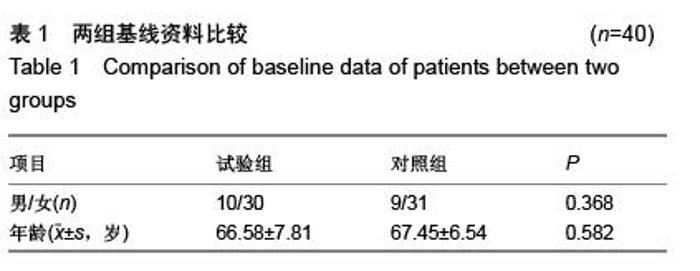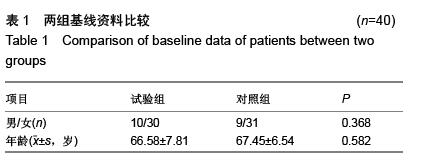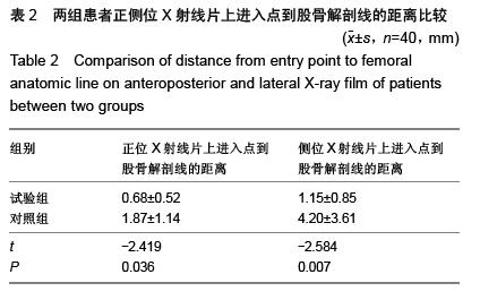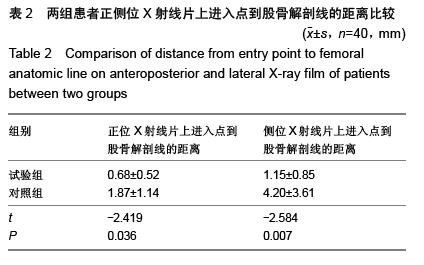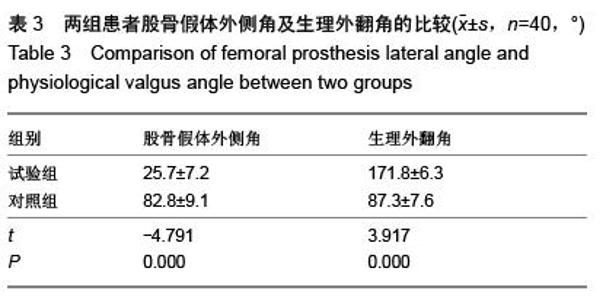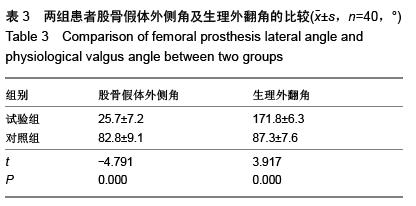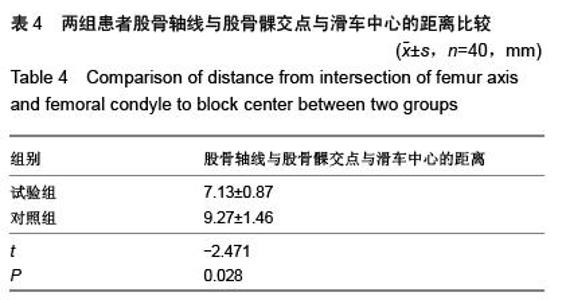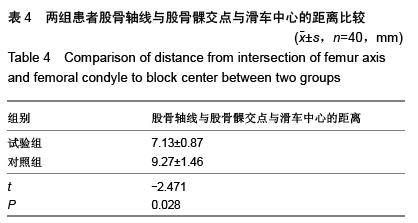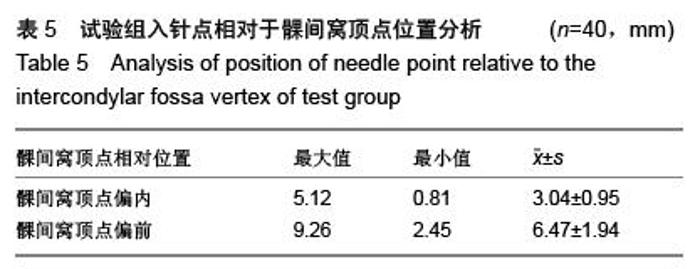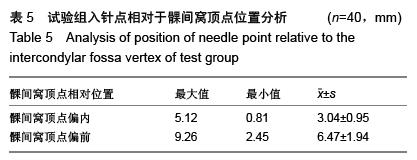| [1] 施华萍.人工全膝关节置换患者的围手术期护理[J].中国实用护理杂志,2012,28(3):33-34.
[2] 芦浩,王智勇,张志强. 双膝关节同期置换术的利弊分析[J].中华骨与关节外科杂志,2015,8(2):177-181.
[3] Wright JG, Santaguida PL, Young N, et al. Patient preferences before and after total knee arthroplasty. J Clin Epidemiol. 2010;63(7):774-782.
[4] 王增亮,赵力,赵嘉国.导航和传统全膝关节置换后肢体和假体力线恢复对比的Meta分析[J].中国组织工程研究,2014,18(35): 5707-5714.
[5] 张艳锋.全膝关节置换术治疗晚期膝关节炎效果观察[J].中国医药导报,2014,11(11):61-63,67.
[6] 顾春松,易洪城,彭雅,等.人工全膝关节置换术后常见并发症及预防对策[J]. 黔南民族医专学报,2013,26(4):261-261,265.
[7] 糜丽梅,吴姗,张毓洁,等.人工膝关节置换术后感染的危险因素分析[J].中华医院感染学杂志,2014,24(7):1715-1716,1719.
[8] Lim HC, Bae JH, Yoon JY, et al. Gender differences of the morphology of the distal femur and proximal tibia in a Korean population. Knee. 2013;20(1): 26-30.
[9] Ng FY, Jiang XF, Zhou WZ, et al. The accuracy of sizing of the femoral component in total knee replacement.Knee Surg Sports Traumatol Arthrosc. 2013;21(10): 2309-2313.
[10] 滕翠芹,周广琳. 临床护理路径在全膝关节置换术后功能锻炼中的应用[J].临床护理杂志,2010,9(5):16-17.
[11] 王培波,王小曼,亓立祥,等.全膝置换保留后交叉韧带与后方稳定型假体的疗效分析比较[J].中国伤残医学,2014,22(12):55.
[12] 黄迅,马金忠.后交叉韧带保留型和后稳定型全膝关节置换术的临床疗效比较研究[J].中国骨与关节损伤杂志,2011,7(26): 592-594.
[13] Bong MR, Di Cesare PE. Stiffness after total knee arthroplasty. Am Acad Orthop Surg.2004;12(3):164-171.
[14] Fender D,Harper WM,Gregg PJ.The Trent regional arthroplasty. Experiences with a hip register.J Bone Joint Surg Br.2000;82(7):944-947.
[15] 蔡珉巍,马童,涂意辉,等.微创膝关节单髁置换术股骨髓内定位与髓外定位假体位置的影像学比较[J].中国矫形外科杂志,2012, 20(7): 594-597.
[16] 张先龙,邵俊杰,王琦,等.计算机导航辅助下微创人工全膝关节置换的初步经验[J].中华骨科杂志,2006,26(10):654-660.
[17] 徐军,姜雪峰,孙惠清,等.计算机辅助下全膝关节置换术对恢复下肢机械轴线的准确性研究[J] .上海交通大学学报(医学版), 2014, 12(19):1800-1804.
[18] 王波,温宏,王咏梅,等. 髓内与髓外定位法全膝关节置换术后胫骨假体力线分析[J]. 中国骨与关节损伤杂志,2012,27(12):1128-1129.
[19] 王新光,史占军,郭汉明,等. 术前胫骨力线X 线定位对提高膝关节置换术后假体力线的作用[J]. 实用医学杂志. 2015,31(16): 2669-2701.
[20] Hoke D,Jafari SM,Orozco F, et al. Tibial shaft stress fractures resulting from placement of navigation tracker pins. J Arthroplasty. 2011;26(3):e505-508. |


